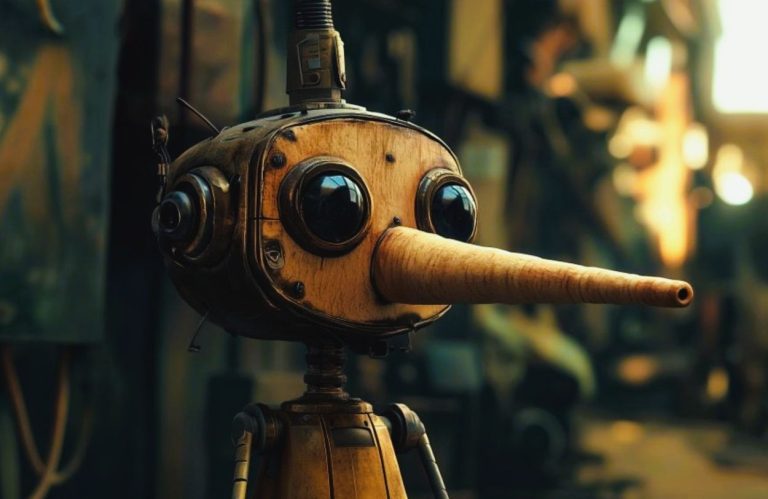
What should you look for in the best indoor mosquito trapper? There are several factors that you need to consider, including the following: CO2 system, heat resistant frame, Sticky lure, and Titanium-dioxide coating. The features of these devices should make you buy one. Keep reading to find out which ones are right for you. Once you have selected the one you want, you need to find out the best place to buy it.
Heat-resistant frame
One of the best features of a good indoor mosquito trapper is its heat-resistant frame. It helps keep the trap from getting damaged by the high temperature and also prevents children and pets from accidentally getting close to it. The most effective indoor mosquito trappers are positioned at least 25 feet from gathering areas and do not release any poisonous chemicals that are unhealthy for humans. Heat-resistant frames are also important for outdoor use, as bugs can sometimes get attracted to the UV light and die in the trap.
Another feature to look for in an indoor mosquito trapper is its weight. It should be easy to move and convenient to use. It should match other outdoor devices of the same type, so you’ll need to consider its color and design. A sturdy heat-resistant frame is a good option for durability. Lastly, the best indoor mosquito trapper should be easy to use and durable. A heat-resistant Buzzbgone will prevent the bugs from being able to escape the trap.
CO2 system
The best indoor mosquito trapper utilizes four ways to attract and trap insects. The warm blue light attracts mosquitoes, which home in on the CO2 and feed on it. The CO2 is then removed with a powerful vacuum fan, causing the insects to dehydrate and die. Insects that enter the trap are sucked into the device, where they are trapped. There are four different types of mosquito trappers, including UV light, water, and CO2.
The CO2-based traps are more expensive than most others, but they require carbon dioxide or propane to operate. And they require long running times, causing a high electricity bill. Indoor mosquito traps require little power and are less expensive. While light and infrared traps use electricity, powerful carbon dioxide traps may also use propane or carbon dioxide to produce gas. Some traps include attractants that help keep the mosquitoes away.
Sticky lure
A popular way to get rid of mosquitoes indoors is to use a stick-like lure. These lures are non-toxic and must be at least 6 feet above the ground. Once a mosquito crawls into the stick-like lure, it will get trapped underneath the air-bladed turbofan, where it will die. A stick-like lure also offers a chemical-free alternative to the zapping noise.
A good mosquito killer lamp will use a combination of methods to attract insects. Some of these methods include the use of light systems that mimic human activity. Others use ultraviolet light or visible flashlights. Regardless of the method used, the mosquito trap aims to attract the biting insects to the trap. This is done by attracting the mosquitoes by luring them into the trap and keeping them there until they die.
No sound
Some of the best indoor mosquito trappers are quiet and have no sound, and others have a lot of flashing lights and UV lights. While the former may have a better catch rate, it is best to place the trap 25 feet away from gathering areas to achieve the best results. These models are also weather-proof and can be placed outside, but some of them have no sound at all. If you want a quiet option, you can buy an ultrasonic device, but you should be aware of its risks.
UV light
Traditional mosquito traps have been around for a while and can be effective at removing some pests. However, they have several drawbacks. For starters, they tend to make loud noises when a mosquito comes in contact with them, making them unsafe for use around small children. As such, they should be kept out of reach and should be used with caution. However, UV light traps can be extremely effective in attracting and capturing mosquitoes from up to 500 meters away.



